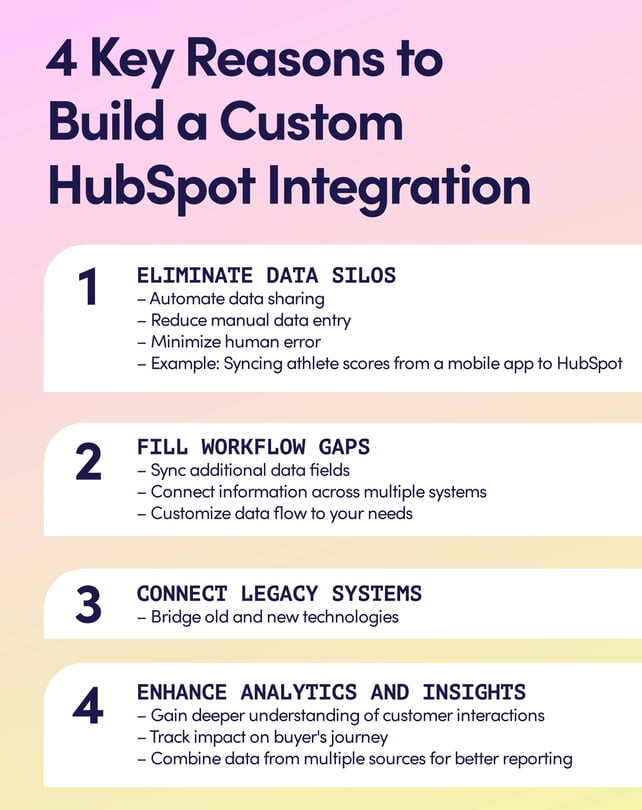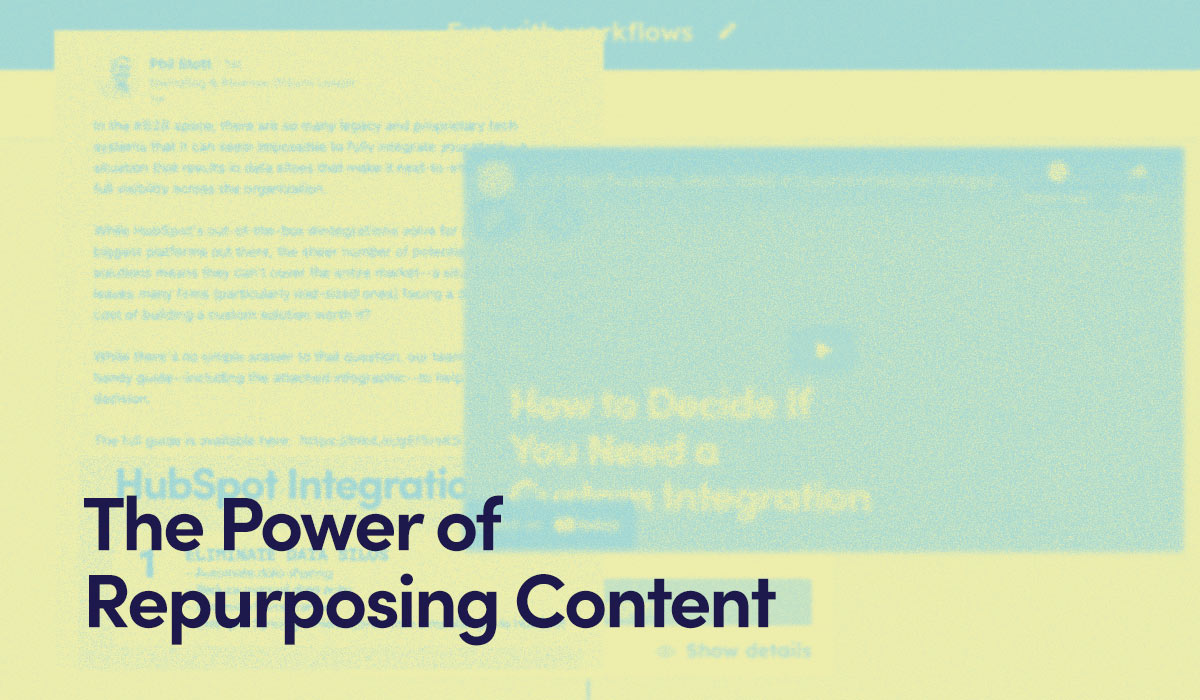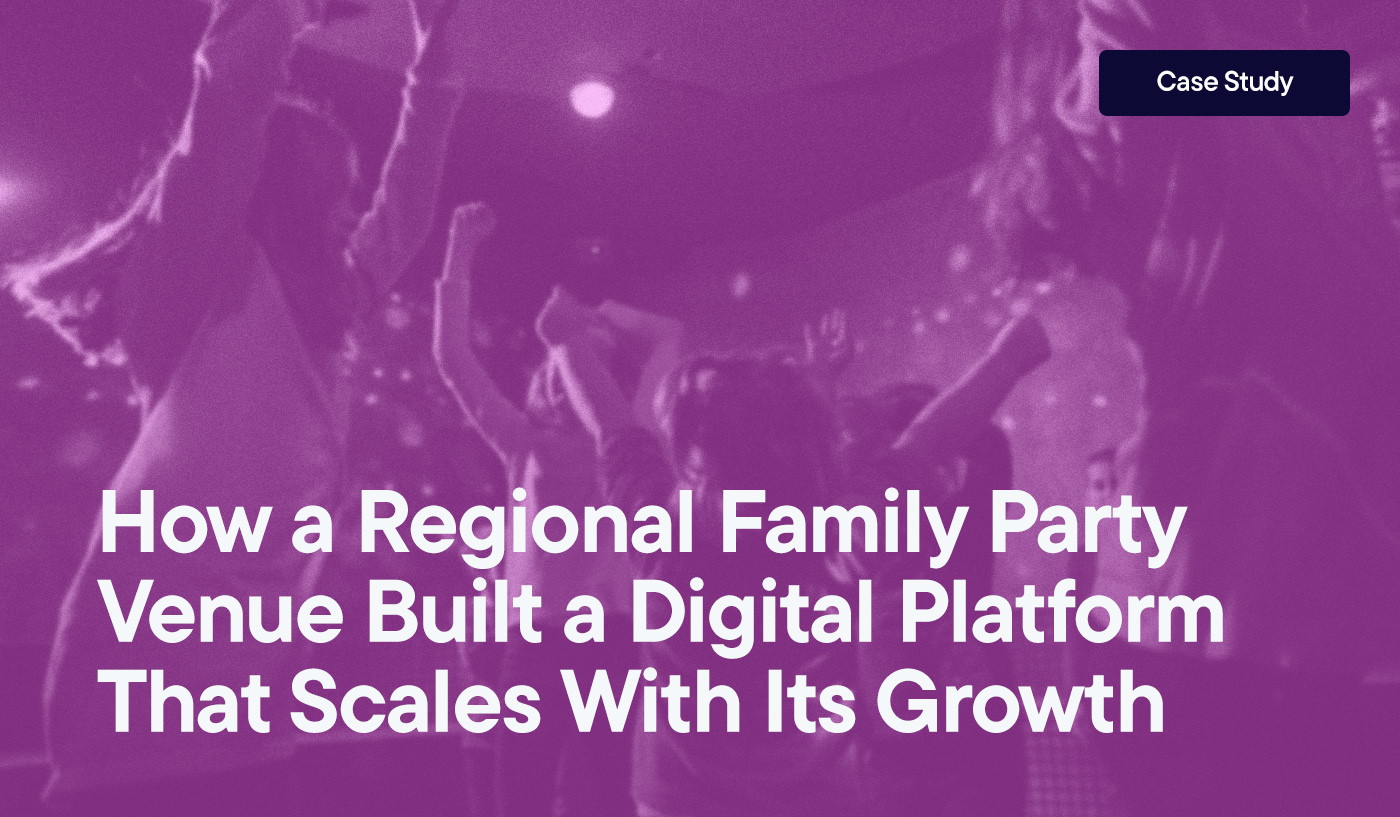It’s no secret that the way people find and consume content has shifted dramatically in recent years. From the rise of AI-generated content and search results to changing social media usage, it’s vital to stay on top of trends to be able to serve your audience wherever they happen to live online.
In response, we at Hypha adopted a guiding principle called “publish everywhere”—something we use on behalf of our clients and our own marketing efforts. While it sounds straightforward, putting it into practice can pose some challenges; not the least of these is developing a firm understanding of where our desired audience actually spends their time online, and then producing content that will resonate within each of those places.
For us, “publish everywhere” serves two key purposes:
- It’s a practical response to the ever-shifting landscape of user behavior.
- It is a consistent reminder to explore new avenues across relevant platforms.
This philosophy aligns nicely with the popular and effective practice of repurposing content, which is what we’re diving into today.
Related: SEO & Content Marketing in the Age of AI: What You Need to Know
Repurposing Content: Endless Possibilities?
It certainly feels that way.
Consider a piece we recently published on our own site, about custom integrations. It served as an introduction for anyone interested in streamlining and potentially boosting their business operations.

As we mapped out how to tell this story, we kept identifying different opportunities to showcase this content—on our site, social media, video, audio, and more.
By my latest count, the initial blog—let’s call it the anchor piece—on the topic “How to Decide If You Need a Custom Integration” has been repurposed into at least seven different pieces of content, all tailored for different channels, and the preferences of the audiences who visit them.
Repurposing an Anchor Piece, a Breakdown
Now, let’s look at how we evolved the anchor piece, starting with the blog itself.
Our content developer, Jeffrey Howard, wrote a comprehensive piece on the subject, covering everything from the concept behind custom integrations and common use cases to key questions businesses should ask themselves before pursuing one.
The depth of the piece made the repurposing cycle much smoother.
Audio Narration
We started by creating an audio narration of the blog. While it might seem straightforward, it’s important to note that people consume audio content differently than written content. This means a fair amount of editing and rewriting is necessary before publishing the narration. Those concise subheads you used to structure the piece and boost SEO? You might need to rework them entirely, transform them into engaging transition paragraphs, or simply make them more compelling or easier to understand for someone who isn’t benefiting from visual clues that frame the post’s structure, such as a different font size or color.
Fortunately, HubSpot’s narration tool, which leverages AI to produce audio in just seconds, allows you to edit the “script” to improve the audio presentation for a listening audience.
Infographic
The infographic came next. Here it is:

The key thing to remember about an infographic is that it’s a condensed version of information contained within your blog—and it should make sense as a standalone piece of content.
Had we tried to include every element of the piece in the infographic, we would very likely have overwhelmed our audience.
Instead, our team repurposed a single section of the blog and clearly defined its focus: Four key reasons to build a custom integration.
Thanks to some excellent design work, the infographic is also easily shareable on social media—giving it potential for a much wider audience, even when removed from the context of the original post.
Just like this:
Video
When most people think about YouTube, they think of a place where they go to watch podcasts, tutorials, influencer content, music videos, old episodes of TV shows, and more.
With so much content, it’s easy to overlook a key component of the site: it is the second largest search engine on the internet.
No matter what business you’re in, your audience is on YouTube. As such, placing and optimizing content there is an increasingly important component of our publish everywhere approach.
While creating videos can seem intimidating, especially if you don’t have a dedicated team to support such an offering, emerging tools make producing this type of content easier than ever.
Transform Your Marketing With Strategic Content
Ready to Convert More Leads Into Loyal Customers?
Discover Our Content Engineering Expertise arrow_forward
Using our anchor piece, we created a compelling script that touched on many of the key aspects that Jeffrey wrote about:
- What is a custom integration?
- Why you should consider one?
- And does it make sense for your business?
Given what we were trying to accomplish—provide people with a useful explainer without distractions—we opted for a static image created by our production staff.
Here’s what we came up with:
Pretty simple, right?
By posting the video on YouTube, we’ve increased the likelihood of our content reaching our target audience. And, by embedding the YouTube video directly into the blog post, we have the opportunity to boost time on page (a key SEO ranking factor), and improve the user experience more broadly.
And that’s not all. We also broke up the video into segments, allowing us to transform them into YouTube Shorts, hopefully increasing our message’s reach.
The Role of AI
I’m not going to shy away from noting that a lot of these extension activities and pieces of content are being made possible by AI. While much of the initial conversation around the rollout of tools like ChatGPT revolved around the potential/risk of replacing humans. To date, that hasn’t panned out, for the simple reason that AI cannot produce original creative work. What it’s great at, however, is synthesizing and remixing content within a specific set of parameters—something I expect it to continue to get better at as the models continue to improve and evolve.
That concept is something that marketing expert Jay Schwedelson touched on when I had the opportunity to talk to him late last year. “AI is amazing,” he noted, “But there is this slight generic tone to all things that AI does. So that human element, I think, is going to really be a factor to drive performance.”
So far, that prediction seems to have held true. By taking valuable content that was crafted by humans, and using AI tools to help speed up the process of repurposing it for a variety of different platforms and use cases, we can expand our reach without sacrificing quality or the integrity of our work.
What’s Next?
There’s a good chance we’re not done recycling our anchor piece. We’re already considering additional infographics and videos to support the original blog.
Remember: By repurposing content across various platforms such as audio, infographics, and videos, you can reach a wider audience and potentially improve user engagement. The key lies in creating valuable and engaging content that resonates with your target audience. So, embrace the endless possibilities of repurposing content and continue to experiment with new ways to maximize the impact of your message.
Hypha Development is a New York-based HubSpot Partner Agency specializing in engineering Inbound Marketing & Strategic Content solutions to get you more customers, convert more leads, and help you achieve sustainable growth. Contact our team today!



